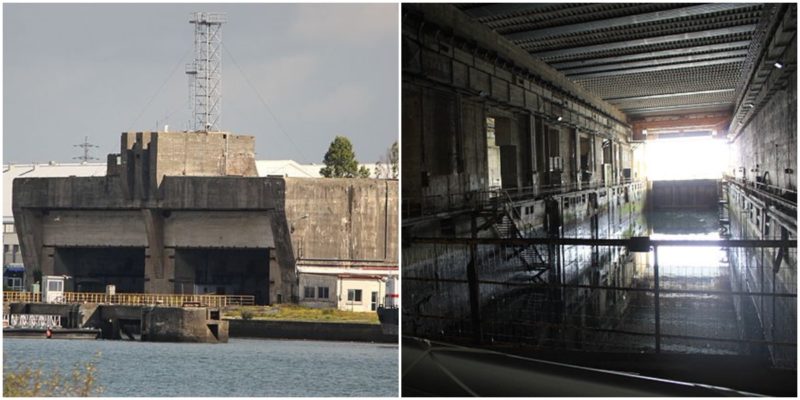During World War II, U-boats (abbreviation of Unterseeboot) were one of the main weapons of the German armed forces. They were used quite successfully against their enemies in the seas and oceans, especially in the Atlantic. Many actions and tactical operations were made by the Third Reich with the help of these powerful and technologically advanced military submarines.
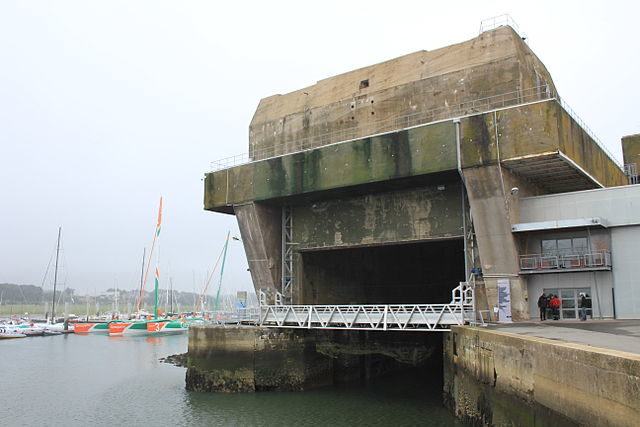
A lot of damage was done to the Allied countries by constantly sinking their ships and even hitting their harbors. The authorities became extremely anxious because U-boats weren’t targeting only naval warships, but also merchant ships carrying supplies.
The impact was huge: they brought not only important and strategic victories for the Nazis, especially in the first years of WWII, but indeed, they caused numerous economic problems to the Allies.
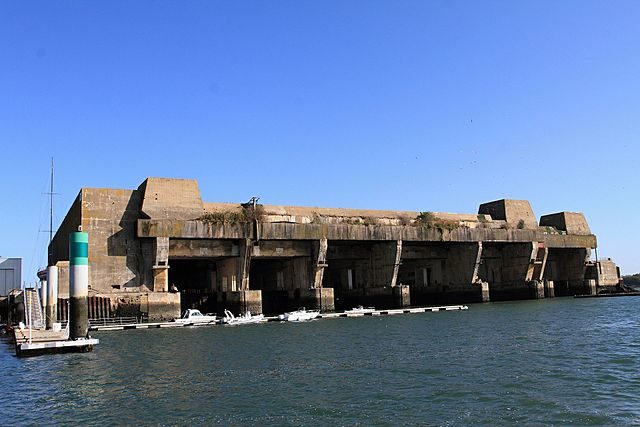
One of the key Nazi submarine bases was Keroman Submarine Base, located in the city of Lorient, northwest France, on the shore of the Atlantic Ocean. The submarine base now stands as a remarkable and significant monument from the recent past. The well sheltered set of gigantic structures is practically intact — much of the original submarine bunkers and some parts of the machinery can be seen. The plan and design of the complex is amazing and impressive, especially the ingenious operation system applied in it.
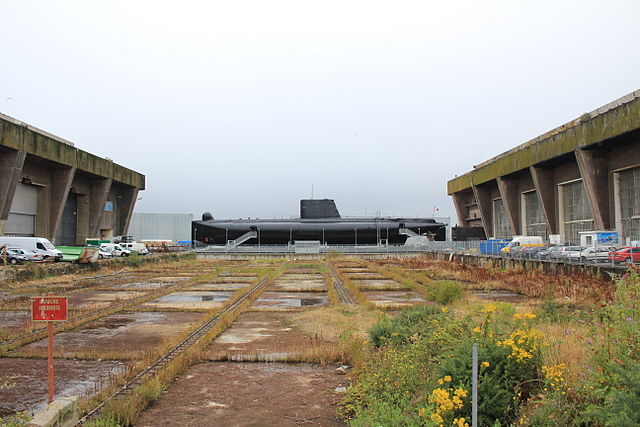
In order for the U-boats of the German Navy to be more operational in the Atlantic, the Commander in Chief of the German Navy, Admiral Karl Dönitz, decided to place U-boats in several French ports.
See also: Beautiful Wardour Castle by drone
The city of Lorient was occupied by the Nazis in the summer 1940 and, because of its excellent strategic location, it was chosen as one those ports. Very soon the base put the city in the center of the Battle of the Atlantic, and in fact it played a significant role in World War II.
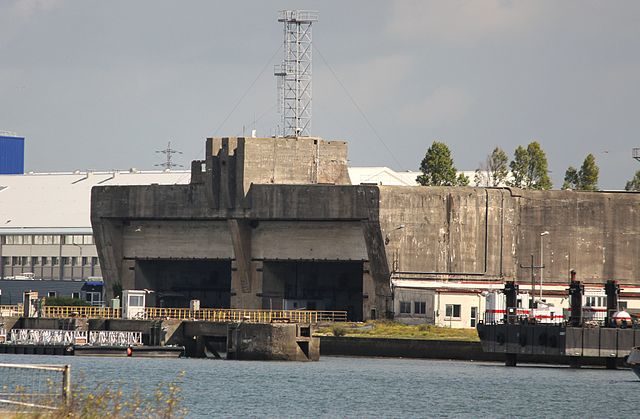
The bunkers, constructed to protect the submarines from the aerial bombardments, were built on a 64 acre plot on the Keroman peninsula, in the south of the city. Lorient was seriously damaged and suffered a lot during the Allied bombing raids, mainly because it was home of a U-boat base and headquarters of the German U-boat operations. As the largest and most active German U-boat base, this place was very important in the war of the Atlantic.
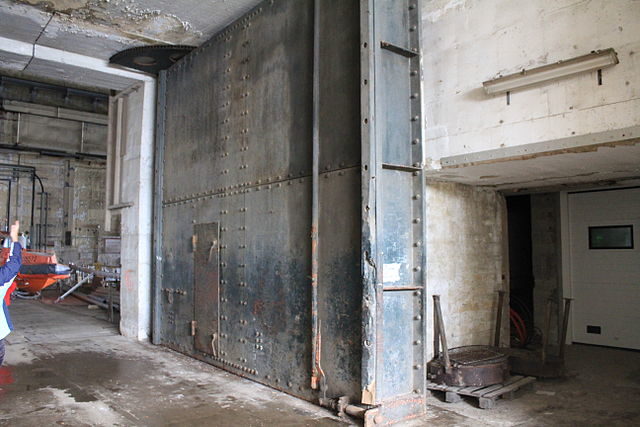
At first, two small “dom” bunkers were built from reinforced concrete, but it wasn’t enough to protect the submarines. These bunkers weren’t well built and each “dom” could hold only one U-boat. Between 1941 and 1943, more than 15,000 workers were employed in building the three massive block bunkers that are still standing today. The K1 and K2 blocks were built in hurry. They incorporated a dry dock and the design meant that submarines had to be towed out of the ocean’s waters on a trolley and brought inside by land.
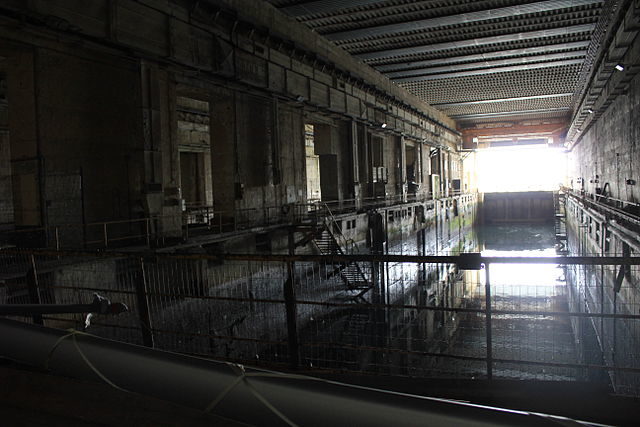
K3 was done properly: with direct access to the ocean and with pens for the U-boats dug into the ocean floor. It is the largest block and had a double roof for extra protection. Near the river a smaller bunker named Scorff was built, also with direct access to the water and with two U-boat pens. Another (K4) block was started, but the constant bombing delayed its finalization and it was left unfinished. A munition depot was constructed nearby, but this was removed after the war.
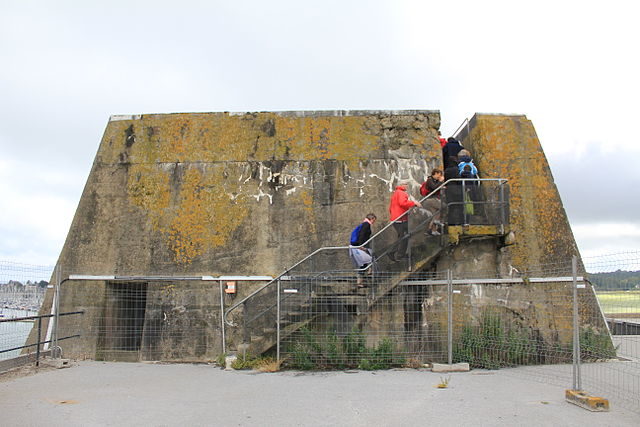
The base could house 30 submarines at once and during the war more than 200 U-boats passed through this facility. Without doubt it was one of the largest military complexes in Europe. In 1942 a training emergency rescue simulator (the oldest survival simulator for submarines in the world) for navy personnel was constructed.
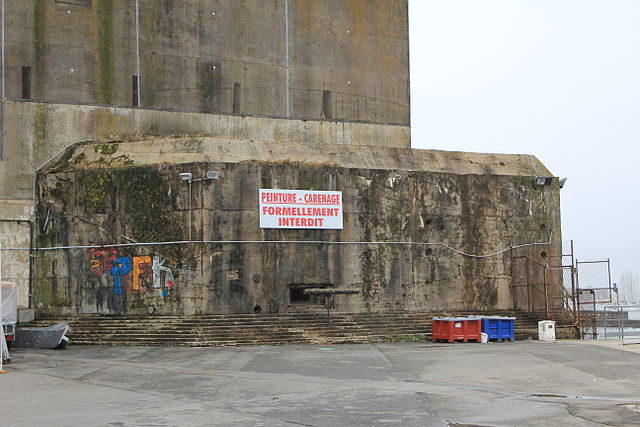
The Allies saw that the base was crucial for the German Navy. In order to put a stop to the threats for their ships that came from there, heavy bombardment by Allied aircraft became more ferocious and more frequent. The complex was seemingly indestructible and it survived the war practically undamaged. Unfortunately the bombs left much of the city ruins, especially the areas near the base. Keroman was never captured, instead of that the Kriegsmarine personnel (almost 15,000 were stationed in Lorient) surrendered to the Americans on May 10, 1945, 2 days after the official end of the war in Europe.
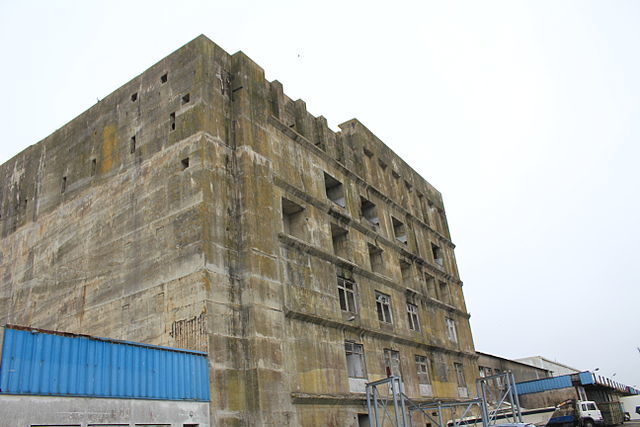
After the war it was used by the French Navy as a base for the second squadron of Atlantic submarines. At its zenith more than 1,800 military and civilian officials were working at the site. It was closed in 1995 and the site was abandoned in 1997, when the property was returned to the city. Throughout the years many submarines were repaired and refueled there, including the submarine Flore-S645 which can today be seen on display as a precious military artifact from the recent past. The K3 block is open for guided public visits and serves as a war museum of WWII history. Other parts of the former base are used by local businesses, mostly as ports for several yacht teams.
